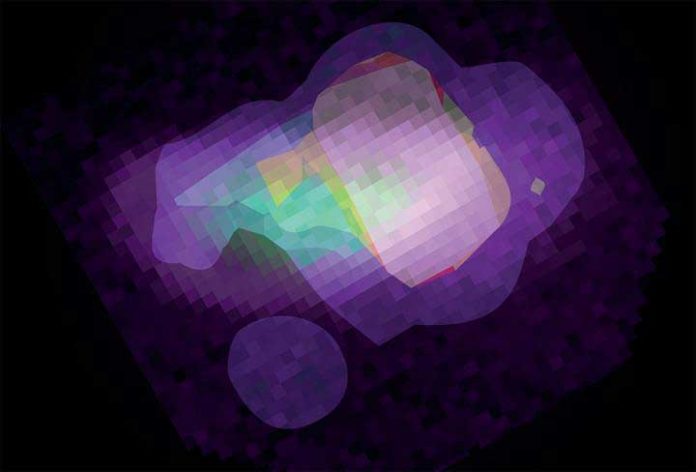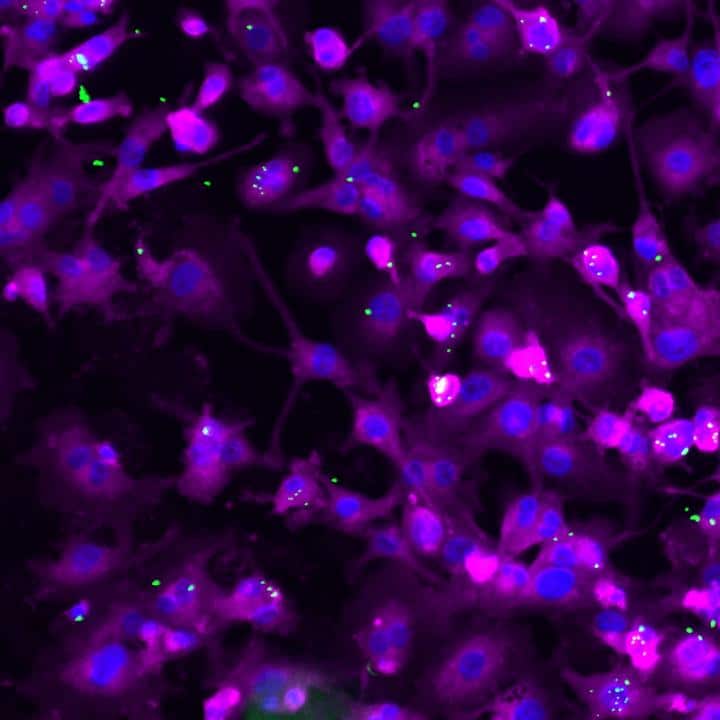A new AI toolkit- developed by the scientists at Francis Crick Institute and UCL, can examine how pathogens taint our cells with the exactness of a trained scientist. The toolkit called HRMAn (‘Herman’)- Host Response to Microbe Analysis- is easily accessible, open source and can help tailor different pathogens including Salmonella enterica.
The toolkit uses deep neural networks to examine complex patterns in images of the pathogen and human cell interactions, pulling out the same detailed characteristics that scientists do by-hand.
Eva Frickel, Group Leader at the Crick, who led the project said, “What used to be a manual, time-consuming task for biologists now takes us a matter of minutes on a computer, enabling us to learn more about infectious pathogens and how our bodies respond to them, more quickly and more precisely. HRMAn can actually see host-pathogen interactions like a biologist, but unlike us, it doesn’t get tired and need to sleep!”
Artur Yakimovich, Research Associate in Jason Mercer’s lab at the MRC LMCB at UCL and co-first author of the study said, “Previous attempts at automating host-pathogen image analysis failed to capture this level of detail. Using the same sorts of algorithms that run self-driving cars, we’ve created a platform that boosts the precision of high volume biological data analysis, which has revolutionized what we can do in the lab. AI algorithms come in handy when the platform evaluates the image-based data in a way a trained specialist would. It’s also really easy to use, even for scientists with little to no knowledge of coding.”
Daniel Fisch, Crick Ph.D. student and co-first author of the study said, “Our team uses HRMAn to answer specific questions about host-pathogen interactions, but it has far-reaching implications outside the field too, HRMAn can analyze any fluorescence image, making it relevant for lots of different areas of biology, including cancer research.”
The research is published in the open access journal eLife, which includes a link to download the platform and access tutorial videos.

